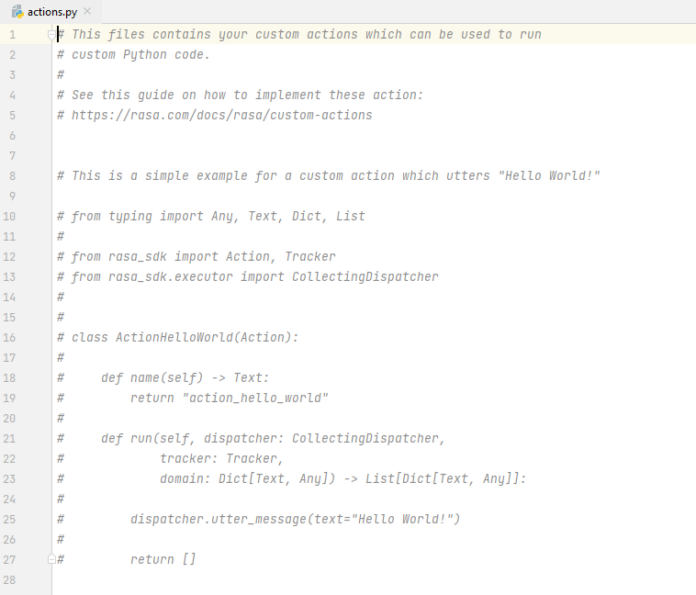In this article, we learn how to test a string as a literal and as an object using JavaScript.
What is JavaScript Literal?
Literals are ways of representing fixed values in source code. In most programming languages, values are notated by integers, floating-point numbers, strings, and usually by booleans and characters, enumerated types and compound values, such as arrays, records, and objects, are notated by other names as well.
What is JavaScript Object?
Each object consists of an unordered list <ol> of primitive data types (and sometimes reference data types) stored as pairs of names and values. In a list, each item is a property.
There are several methods that can be used to test a string as a literal and as an object.
- Using typeof operator
- Using instanceof operator
- constructor property
We will explore all the above methods along with their basic implementation with the help of examples.
Approach 1: Using typeof operator
The typeof operator in JavaScript returns a string that identifies the data type of an expression. It is used to determine the data type (returns a string) of its operands. Operands can either be literals or data structures, such as variables, functions, or objects. An operator returns the type of data. The result of typeof can be an object, a boolean, a function, a number, a string, or an undefined value.
Example: In this example, we are going to check if the string is an object or a literal using the if-else condition.
Javascript
const myString = "Hello, Geeks";console.log(typeof myString);const myStringObj = new String("Hello, neveropen");console.log(typeof myStringObj); |
string object
Approach 2: Using instanceof operator
instanceof operator: It checks whether the LHS (left-hand side) object is an object of the RHS (right-hand side) class or not. If the object is of that particular class, then it returns true otherwise false.
Example: The first myString is not an instance of String, as it’s a literal. The second myStringObj is an instance of String as it’s an object.
Javascript
//checking for stringconst myString = "Hello, Geeks";console.log(myString instanceof String);// checking for mystringObj is string or notconst myStringObj = new String("Hello, neveropen");console.log(myStringObj instanceof String); |
false true
Approach 3: Using constructor property
Using the constructor property to check if a variable is a string literal or an object of the String constructor, the constructor property of the input matches String, it is considered a string literal. If the constructor property matches String.prototype.constructor, it is considered an object of the String constructor.
Example: In this example, the check() function uses the constructor property to determine whether the input is a string literal or an object of the String constructor
Javascript
function check(str) { if (str.constructor === String) { return "It is a string literal"; } else if (str.constructor === String.prototype.constructor) { return "It is an object of string"; } else { return "Another type"; }}// Pass a string literalconsole.log(check("Hello, Geeks"));// Pass an object of stringlet result = new String("Hello, neveropen");console.log(check(result)); |
It is a string literal It is a string literal

